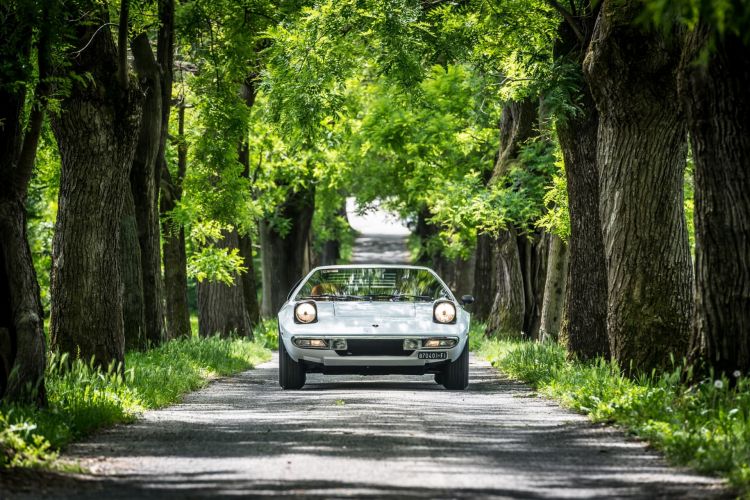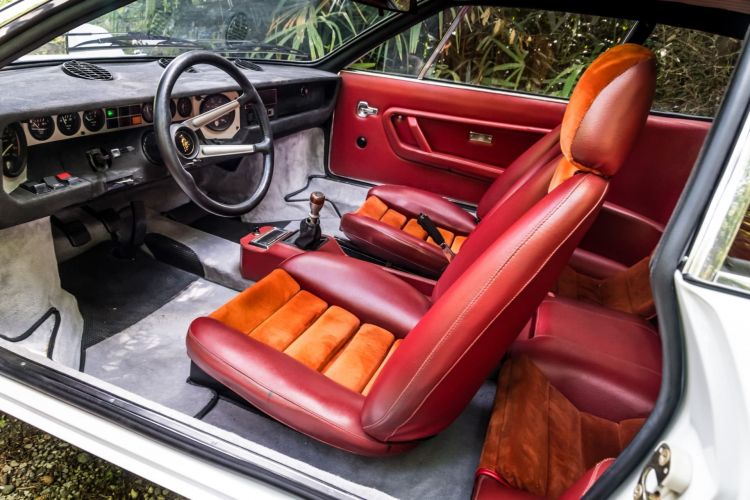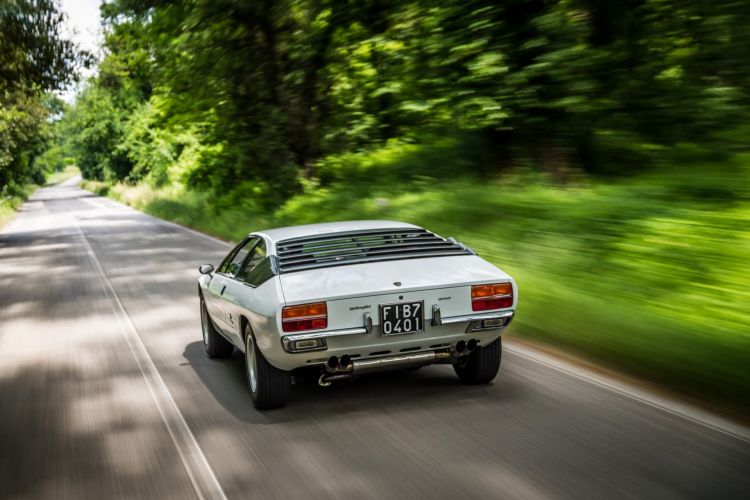50 years have passed since the Turin Motor Show of 1970 in which a model as mythical as the Lancia Stratos was presented, but also another not so well-known Italian sports car, the Lamborghini Urracoa 2+2 coupe with a mid-rear engine that was positioned as the entry step to the rangeLamborghini and that playing the trick of a lower price aspired to attract potential customers of the Maserati Merak and Ferrari Dino. So, and in case you were wondering, its name honors bulls that have black and white hair, just like magpies.
The design of the Urraco is the work of Marcelo Gandini
At the end of the 60s Lamborghini had in its range an amazing Miuraa supercar with a V12 engine that started at the 350 CV of the basic version, and that, as is logical, not all the wealthy class of the time could afford it. Thus, it was Ferruccio Lamborghini himself who introduced the idea of create a more accessible model, with a more economical V8 engine and with a less traditional production system and more industrial. In this way, we can say that the Urraco is the forerunner of the Italian manufacturer’s access models, such as the most recent Lamborghino Gallardo or the current Lamborghini Huracán.
To carry out the design of that project, they entrusted themselves again to Carrozzeria Bertone and in the pencil Marcello Gandini, creator of other icons such as the aforementioned Miura, the Alfa Romeo Montreal or the Lancia Stratos with which we began this article, among many others. Thus, Gandini drew a 2+2 sports car with a central rear engine and 4.25 meters in length with a relatively spacious interior for a car of this type.
With central rear V8 engine up to 265 HP
The technical part of the Urraco fell to the engineer Paolo Stanzani, technical director of the Sant’Agata Bolognese company at that time. Stanzani resorted to a McPherson independent suspension on both axlesas well as a compact V8 engine fast turning with 2.5 liter displacement that yielded 220 hp at 7,800 rpm., enough to reach 245 km/h and sign a 0 to 100 km/h in 6.9 seconds. In addition, this engine featured important technical newssuch as the use of a single overhead camshaft, in addition to a “Heron”-type combustion chamber housed in the piston head, which made it possible to manufacture a practically flat cylinder head and achieve a higher compression ratio without significantly increasing costs manufacturing.
To that engine, corresponding to the version P250 (P of later -where the engine was placed- and 250 for displacement) that was produced between 1970 and 1976, joined in 1974 by the P200 and P300, with the same V8 but with different displacements. Thus, the P200 of 1,994 cc and 184 CV was mainly destined for the Italian market to avoid the tax pressure to which the most powerful vehicles were subjected, and the P300 with 265 CV as the most performance version.







